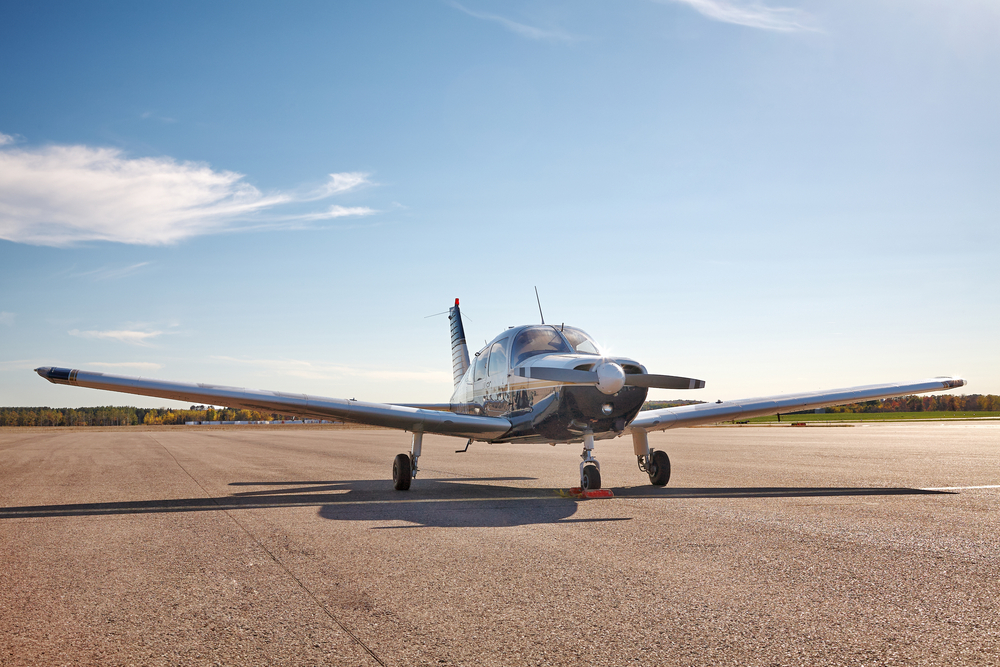How Much is a Small Plane?
Owning a small plane can be a thrilling and practical investment. The cost of purchasing a small plane varies widely depending on several factors. You need to consider the type of aircraft, its condition, age, and any additional features. Here’s a detailed breakdown to help you understand the expenses involved in buying a small plane.
Types of Small Planes
Small planes come in various types, and their costs differ accordingly. These types include single-engine piston planes, multi-engine planes, turboprop planes, and light jets.
- Single-Engine Piston Planes: These are the most common and often the most affordable. Suitable for personal use, their prices range from $15,000 for older models to over $400,000 for new ones.
- Multi-Engine Planes: These aircraft have more than one engine, offering more power and range. They are more expensive, typically starting at $75,000 for older models and reaching up to $800,000 for new ones.
- Turboprop Planes: These use a turbine engine to drive a propeller. They are efficient for longer distances and cost between $500,000 and $3 million.
- Light Jets: These small jets provide speed and luxury. They are the priciest in the small plane category, ranging from $1 million to over $10 million.
Factors Affecting the Cost
The price of a small plane doesn’t just depend on its type. Several other factors influence the cost:
- Age and Condition: Older planes are cheaper but may require more maintenance. Newer planes are pricier but come with advanced technology and less wear and tear.
- Avionics: Modern avionics systems enhance navigation and safety. Planes equipped with advanced avionics cost more.
- Hours Flown: Similar to a car’s mileage, the number of hours a plane has flown affects its price. Planes with fewer flight hours are generally more expensive.
- Maintenance History: A well-maintained plane with detailed service records can command a higher price.
- Modifications: Customizations and upgrades, such as new interiors or better avionics, increase a plane’s value.
Purchase Costs
When buying a plane, the initial purchase price is just the start. Additional expenses include:
- Inspection Fees: Before buying, you’ll need a pre-purchase inspection to ensure the plane’s condition. This can cost from $500 to over $2,000, depending on the plane’s complexity.
- Registration: Registering a plane with the appropriate authorities, like the FAA in the US, typically costs between $5 and $150.
- Sales Tax: Depending on the state or country, you might have to pay sales tax. Rates vary but can add a significant amount to the purchase price.
Ongoing Ownership Costs
Owning a plane involves ongoing costs beyond the initial purchase price. Significant recurring expenses include:
- Fuel: Fuel costs vary depending on the type of plane and how often you fly. A single-engine piston plane typically burns 5-15 gallons per hour, while a turboprop might use 20-50 gallons per hour.
- Maintenance: Regular maintenance is crucial for safety and longevity. Annual inspections for a single-engine plane may cost $1,000 to $3,000. More complex planes have higher maintenance costs.
- Hangar Fees: Storing your plane in a hangar provides protection from the elements. Hangar fees range from $200 to $1,000 per month, depending on location and airport size.
- Insurance: Aviation insurance covers damage and liability. Costs vary based on the plane type, your experience, and coverage amount but typically range from $1,200 to $5,000 annually.
- Pilot Training: If you’re not already licensed, you’ll need flight training. The cost for obtaining a private pilot license can range from $8,000 to $15,000.
Financing Options
If paying for a plane upfront is challenging, financing options are available. Aircraft loans work similarly to car loans. Terms often include:
- Loan Amount: Lenders typically finance 80-90% of the plane’s value.
- Interest Rates: These vary based on credit history and market conditions, generally ranging from 4-10%.
- Loan Term: Terms usually range from 5 to 20 years.
Leasing is another option. Operating leases let you use the plane without the long-term commitment of ownership.
Resale Value
Considering the resale value is essential when buying a small plane. Planes, like cars, depreciate over time. Factors affecting resale value include:
- Market Demand: Popular models tend to retain value better.
- Overall Condition: Well-maintained planes with low flight hours and good historical records sell for higher prices.
- Technological Advances: Newer avionics and features can enhance resale value.
Buying Used vs New
Deciding between a new and used plane involves weighing pros and cons:
- New Planes: These come with warranties, the latest technology, and no prior wear and tear. They are more expensive and depreciate faster initially.
- Used Planes: More affordable, but potentially requiring more maintenance. An extensive pre-purchase inspection helps mitigate risks.
Popular Small Planes and Their Costs
Several small aircraft models are popular among buyers. Here are some examples:
- Cessna 172: A staple for flight training and personal use. Prices for used models start around $50,000, while new ones are about $400,000.
- Piper PA-28 Cherokee: Known for its reliability and ease of use. Used ones start at $30,000, with new models around $300,000.
- Cirrus SR22: A high-performance, technology-rich aircraft. Prices range from $200,000 for older models to over $800,000 for new ones.
- Beechcraft Bonanza: A versatile single-engine plane. Used models begin around $150,000, with new ones upwards of $700,000.
Making the Decision
Investing in a small plane is a significant decision. Consider your flying needs, budget, and the costs involved. Whether you’re flying for pleasure or business, there’s a small plane to suit your requirements. Proper research and planning ensure you make a well-informed purchase.
